3GSM 2006
Feb 13, 2006, 9:22 PM by Rich Brome and Eric Lin
On-the-scene report from Barcelona. Hands-on with the Samsung i320, i-mate Smartflip, Nokia 6136, Sony Ericsson W950, and more.
Intro
Another month, another trade show. It's that season, and this month it's the 3GSM World Congress. 3GSM is the big mobile phone industry show for the EMEA region (Europe, Middle East, and Africa). Most of the news generally focuses on that region, but it's enough of global show that there's usually a good amount of news relevant to North America as well.
This year, the show moved to Barcelona, Spain, after outgrowing its previous venue, Cannes.
Part 1
Samsung i320
Perhaps the most unexpected (yet totally predictable) new phone at this year's show is the Samsung SGH-i320. This GSM smartphone has the increasingly popular "thin Blackberry" form factor. The Nokia E61 and Motorola Q are near-identical competitors in this space. The HP hw6500 and new hw6900 are in a similar league as well.
The i320 is thinner than the E61, and just slightly thinner than the Q. However the real difference is in the other dimensions, where the i320 is noticeably smaller than the Q, and makes the E61 look positively huge. The small size gives the i320 a more proportional and comfortable feel in average-size hands. However, this of course forces the keyboard to be much more cramped than the competition. In our brief testing, the keyboard usability did seem to suffer from being cramped, although not as much as we expected. The pocketable size may be worth the trade-off for some people.
The i320 is also amazingly lightweight at only 3.35 oz. The Q is also fairly light at just over 4 ounces, but the size-weight ratio makes the Q feel somewhat cheap and plasticky. The i320's smaller size and slightly contoured front give it a much more solid feel.
The i320 has EDGE and Bluetooth, as one might expect. It also has a microSD memory card slot, although it's not externally-accessible. In fact (in a giant step backward in memory card technology) you have to remove the battery to change the microSD memory card.
Oddly, the SIM card is accessible without removing the battery. It's as if some engineer misread a schematic and mixed up the two types of card slots. Fortunately, the i320 does at least have 120 MB of built-in memory.
The i320 is remarkably like the Motorola Q. They're both Windows Mobile 5 devices of the Smartphone type (which means no touchscreen.) They also both have landscape QVGA displays and megapixel cameras. One key feature of the Q that the i320 unfortunately lacks is the Blackberry-style thumb scroll wheel.
Like the new HP hw6900, the i320 has the Messaging & Security Feature Pack for Windows Mobile 5, which brings true push-email capability when used with the newest version of Microsoft Exchange Server.
The i320 we tried was pre-loaded with a few custom home screen layouts. They seem to feature media (music) playback prominently, but otherwise don't look like anything special.
Unfortunately, the i320 doesn't seem aimed at the U.S. market. It's only tri-band GSM 900/1800/1900. With no GSM 850, there's no chance of Cingular or T-Mobile carrying it, unless Samsung whips up a tweaked version for them that adds 850. But as usual, T-Mobile users will be able to import it and use it, they just won't get full roaming coverage.
Samsung Z600
Seemingly not one to take sides in the smartphone wars, Samsung also announced a new S60 (formerly Series 60) smartphone at the show, the SGH-Z600. This is Samsung's first 3G Symbian phone.
Samsung has a long and sordid history of developing and announcing S60 phones. The phones are usually quite impressive and make for great demos. For S60 devotees, they're also a nice alternative from the usual Nokia fare. At least in theory... that is, if they would ever actually ship any of them.
The tale starts three years ago with the D700, a futuristic (for the time) twist-and-flip smartphone when Samsung had just agreed to license Series 60 from Nokia. But that never saw the light of day. Then there was the D710 a year later, which basically put the same phone in a slider form (when sliders were still new and rare). But again, it never shipped. Then last year saw the announcement of the D720, which just gave the D710 a face-lift, and the D730, which put the same phone in a clamshell body. Samsung recently announced that the D720 and D730 are shipping in Germany, but the D720 is only shipping in very limited distribution, and by all accounts the D730 is still pure vaporware.
So here we are again - another year, another Samsung S60 phone. At least this year they actually added new features - like 3G, video calling, and a 2 megapixel camera. But the question is: will it actually ship?
It's not cheap to develop phones like the D7x0 series and Z600, so to have the phones never reach the market - year after year - makes their whole S60 department just a financial black hole within the company. Therefore, given the history, I'm starting to think Samsung develops Symbian phones purely as a strategic ploy for leverage against Microsoft when negotiating licensing terms for Windows Mobile. That's really the only way their actions make any sense.
Whether it ships or not, the Z600 is still a nice phone to ogle. It's quite stylish, both physically and in software.
The Z600 has a special Samsung UI theme that's very Korean-looking, complete with animated pixie dust when you select an icon in the main menu. The Z600 also has VoiceSignal voice control, and of course a Picsel document viewer (quickly becoming standard on higher-end Samsungs).
Pantech 8300 *
We showed you the Pantech 8300 last month at CES. Not much has changed since then, except that now we can show you the 8300 with Helio's special main menu.
That little curly flame icon is Helio's logo. This basically just confirms what we knew already: that the 8300 is coming to the U.S. as a Helio launch phone.
It also means you can see what is essentially the face of Helio in the form of that menu, which we assume will be standard across all Helio phones.
Also since CES, it's been rumored that all Helio phones are expected to have Wi-Fi. Presumably this would include the 8300.
On the prototype on display at 3GSM, the rest of the phone's UI is plain and/or remnants from the Korean version.
Update (Feb 15, 2006): Pantech's PR folks contacted us and asked us to add that "Business negotiations between Pantech and Helio are still underway [and] the handset was on show at 3GSM with the Helio main menu strictly for demonstration purposes."
Part 2
Sony Ericsson
News Flash! The M600 Keyboard is actually a Standard QWERTY
Because of two letters reside on each key of the M600's keypad, it was assumed that the phone had a hybrid keyboard that used predictive text, like the Blackberry 7100 series. Instead the M600 keys are actually rockers - press them on one side, they type one letter, press on the other for the second letter. You can see the rocker shape of the keys in the first picture below. Look at the Q/W or A/S key and you'll notice the letters actually face each other.
Despite how difficult and confusing this sounds, it was actually very easy and very accurate to use. The moment I was informed of this fact, i tried typing out a test sentence and was able to do so with 100% accuracy after a few drinks, something it was far more difficult to do even while sober on the Motorola Q or Samsung i320.
The K610: Contents May Be Lighter Than They Appear
The K610 is shockingly light - a perfectly working model feels like hollow in-store dummy phone. However it is solid in the hand and big enough to hold and use without any strain. It is only a slight evolution of the Sony Ericsson candybar form factor we've seen so much of, so it is difficult to say anything other than why mess with a good thing.
Although the K610 looks awfully close to the W810, as though it would run the same software minus the Walkman player, it features yet another revision of the Sony Ericsson interface, and actually includes the Walkman player. Navigation is further refined, and menu text is now in an enlarged, rounder font. The K610 also adds a few new features that many will wish were in the W810, such as A2DP stereo Bluetooth.
The W950: Pure Music
When introduced to the product manager for the W950, we asked why no camera was added to the phone. Sure a camera would have added extra thickness to a phone that Sony Ericsson wanted to keep as sleek as possible, but that was not his reply. Instead he claimed the intention was to focus the experience on music, and that they have done.
With 4 GB of storage, an easy to navigate music player and navigation buttons that can control playback no matter what application you are in, the W950 is seriously poised to take mobile music to another level. Although it may sound unlikely, the W950 could be one of the most innovative mobile music experiences out there, even more so than the iPod. It certainly is more original and more intuitive than the current Walkman software. The use of the touch screen to do things like select an album by cover art or navigate around by "feel" takes advantage of all this phone has to offer.
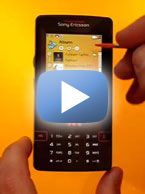
QuickTime format
It is surprisingly small considering the size of the screen and the fact that it's a 3G handset in addition to being a flash-based music player. It fits easily in the hand and in the pocket, and with stereo Bluetooth, you won't need to take it out of the pocket unless you want to manually switch tracks or start using the phone itself. It's still difficult to get over the lack of a camera considering there is one on so many handsets these days, but Sony Ericsson have created something compelling even without it.
Smartflip
It's been rumored for a while, but the HTC "Star Trek" was finally announced at this show. Also known as the i-mate Smartflip, (and soon plenty of other carrier names,) this clamshell phone runs Windows Mobile 5 for Smartphone. HTC is the oldest and largest maker of Windows Mobile Smartphones, including models like the new Cingular 2125. The Star Trek is HTC's first clamshell model, however.
Like so many new phones this year, the influence of the Motorola RAZR is evident in the design of this phone. Really, really evident in this case. Not only are the general size and shape the same, but the keypad is the same exact type of soft metal, right down to the etched "spun" finish that radiates from the d-pad. The front also has a curved row of media keys near the bottom that echoes the RAZR design, and the hinge even has the same exact design for a chrome strap-hole on the end.
Trying out the phone for a little bit, we were very impressed with the build quality. It's very well-constructed and solid feeling - perhaps even more so than the RAZR. The keypad is every bit as good as the RAZR, and much better than most HTC Smartphone keypads despite the unique appearance.
The QVGA display is excellent, although a bit small considering the width and length of the phone.
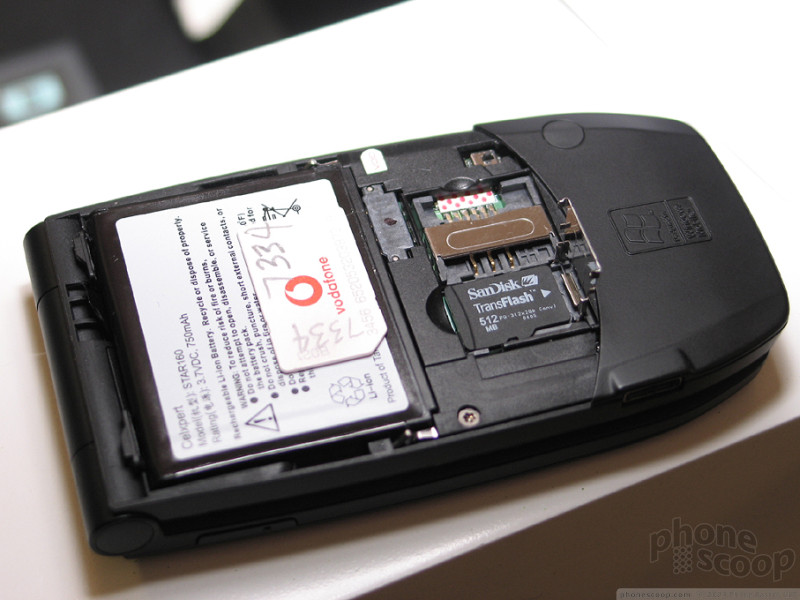
It took us a while to find the microSD memory card slot. That's because for some reason it's hidden under the SIM card slot. Unfortunately, just like the Samsung i320, this means it's not hot-swappable; you have to turn off the phone to change the memory card.
Basic specs of the phone include Windows Mobile 5, quad-band GSM, EDGE data, a megapixel camera, and Bluetooth.
Sharp
Sharp was showing off the world's first mobile feature phone with a VGA display. Actually, they were showing off the display, but hiding the rest of the phone, since Vodafone doesn't want to announce the phone itself just yet.
VGA is 480 x 640 pixels, four times as many as QVGA. On a phone-size display, this provides an extreme level detail.
The display was about what we expected - amazingly sharp and detailed.
It wasn't as bright as some QVGA displays, but that's also to be expected. With so many pixels crammed into a small space, the circuits between the pixels take up proportionally more space, leaving less area for light to pass through. That's one of the things that's held back VGA displays this small until now - getting them bright enough.
It will probably be a while before VGA displays are terribly common on phones. In the meantime, there are display sizes in-between QVGA and VGA that may become more common, such as the 352 x 416 size display Nokia has been putting in many of its high-end S60 phones lately. While QVGA is pretty great, there's little question that higher-res displays are even better.
Part 3
Nokia 6136
Nokia's big news for the show was the 6136, the company's first UMA phone. If you not familiar with UMA, check out our existing coverage here, here, and here.
The 6136 is exactly like the 6125 announced last month:
...except with Wi-Fi (for UMA) instead of Bluetooth.
The 6125 and 6136 are comparable in size to the 6101, 6102, and 6103. They look similar, too, although the 6125 and 6136 add notable features like quad-band, a megapixel camera, and microSD card slot.
Above you can also see the thinner profile of the 6131 (more info on that on the next page).
The 6136 seems like a pretty solid phone. The keypad has the same big, easy-to-use keys as a few other recent Nokias. The design is similar to the popular 6101, which has been selling like hotcakes in the U.S.
The screen is bright and colorful, but very low-resolution at only 128 x 160 pixels. A phone of this class from any other manufacturer would normally have a 176 x 220 display these days, but Nokia does not support that screen size. The reason is software. By standardizing on just a handful of specific screen sizes with their Series 40 platform, Nokia makes it possible for developers to create just 2 or 3 versions of their Java applications, and have those run on dozens of different Nokia models. Because of that, much more Java software is available for Nokia phones than for most other brands. So that's the tradeoff - a lower-res display, but more third-party software available.
Fortunately, Nokia has started moving to QVGA displays with Series 40 phones, as evidenced by the 6131 and the 62XX series sliders. A Nokia spokesperson told us to expect QVGA to replace 128 x 160 on most of the company's lineup sooner than rather than later.
The big draw of the 6136 is UMA, which allows seamless roaming between the cellular network (GSM) and a local network (Wi-Fi). Other phones coming soon with UMA are the Motorola A910 and Samsung T709.
The UMA menus on the 6136 look exactly like the UMA menus on the T709 that we tried out at CES. The 6136 is being launched first by Orange here in Europe, but we suspect T-Mobile USA will get this model as well.
Another very basic Nokia phone announced here is the 6070:
It's just a basic bar-style phone with a 128 x 160 display. Since it's low-end, the display is STN, and a poor-quality one at that. It's fairly washed-out with dull colors. The side keys are nice and big, but surprisingly hard to press on the one we tried.
The 6070 will have a version with GSM 850, but no U.S. carriers have picked it up yet; it may only see distribution in Latin America.
Nokia 6131
The 6131 clearly takes some of its design, or at least its engineering cues from the RAZR - it has that thin and wide form factor, and the bottom half is longer than the lid because the antenna is below the keypad - among other similarities. However unlike most of the phones one might call RAZR knockoffs, the 6131 looks distinctly like a Nokia; there is nothing Moto about it.
Since the majority of Nokia's clamshells are the same, boring, rounded rectangle, the 6131 stands out as a stylish choice. Nokia fans will welcome the evolution, but even those who don't normally consider Nokias will likely be attracted to this phone.
You can see the auto-flip button in the upper right of many of the photos above. This worked well on one of the models and poorly on the other. It is likely still being finalized. The action is fairly smooth and the button does not require much force to press. However when Rich tried pressing the button with his thumb, the lid would get caught on it. This was not the case for Eric, despite the fact that his hands are bigger.
The other oddity on this phone is that the pop-port is at the top, however this will enable wired-headset users to go hands-free without having to keep the phone upside-down in their pocket.
The 6131 runs Series 40 Version 3, which includes a number of improvements we have shown earlier, including the new active home screen shown here. Also present on the latest S60 phones, the Active home displays shortcuts to 5 applications, the next appointment for the day and any notes you have entered on the home screen.
Here, and in other screenshots below, you can get an idea of how absolutely incredible this screen is. Not only is it a QVGA feature phone, it is a 16 million color screen. It is probably the only feature phone with a screen this good outside of Japan.
Nokia makes use of the enhanced resolution in other ways, such as allowing you to view text in a variety of sizes. Font size is now separately adjustable for the contacts, messaging and web applications. Although the large font is clearly larger than the normal size, you can see you only lose one contact in the list view with it.
The 6131 will be available first in black, which will be the primary color for this handset. However it will also be available in a silver-white, which will be a more limited edition color.
Although Nokia considers it mid-range, the 6131 is fairly feature-packed, including quad-band GSM, EDGE, stereo Bluetooth, a megapixel camera, and a microSD card slot.
FasTap
We first covered FasTap from Digit Wireless back in 2004 at the 3GSM and CTIA shows.
Their major commercial success so far has been the LG 6190 for Telus Mobility. The 6190 has been extremely successful in boosting ARPU, which is the whole selling point of FasTap. The idea is that by making text entry easier, it encourages more use of text and IM services, which means users spend more money on data services.
The 6190 has been so successful that Telus is now preparing to launch two more FasTap phones, one from LG and one from another manufacturer. Digit also told us to expect a FasTap phone in the U.S. this year.
What's really new from Digit at this show is a whole new use for FasTap technology: media and shortcut keys.
While FasTap is generally associated with adding letter keys to the numeric keypad, their patents are actually much broader: they cover normal number keys, with raised keys in-between, and software that detects accidental key presses, so you don't mis-type even if you mash your finger down and press several keys at once.
Phone makers can put letter keys in-between the numeric keypad, or they can add other keys like music control keys, etc. Digit was showing off a few mock-ups of how that might work.
The company was also showing off some new mock-ups of letter-number designs.
Company reps told us the new mock-up designs have been generating renewed interest among manufacturers. While most companies are aware of FasTap, apparently being able to hold a mock-up in hand here at 3GSM has convinced one or more manufacturers to go ahead and develop a FasTap phone.
HTC Monet
Between the form factor and the keypad, it's easy to mistake the HTC Monet for a Series 60 phone. It looks like the love child of the Nokia 6600 and 7610. And while the Monet is certainly as fat as the 6600, the keypad is much more usable than the one from the 7610 even though it looks similar. In fact the Monet's keypad is probably the best HTC has to offer for Windows Mobile candybars. The keys, including the navigation keys, are large and well laid out.
The Monet uses yet another mobile TV protocol to stream live feeds of UK and premium networks. It is based on an extension of DAB, the digital radio standard used in Europe and elsewhere. DAB-IP acts just like regular digital TV in the UK, including interactivity. HTC and BT have integrated "red button" interactive services that allow you to interact or download content when the red button icon is displayed during broadcasts. Because it receives DAB transmissions, the Monet can also be used to listen to the 50+ digital radio channels available as well.
Other than the addition of mobile TV, the Monet is exactly like every other Windows Mobile 5 Smartphone. In fact it really is just an HTC Faraday with the DAB-IP receiver and TV button tacked on to one side. It is a bit unfortunate the hardware was not better integrated into the industrial design of the phone. However for a bump sticking out of the side of a phone, it is well designed and does not interfere with normal phone operations.
Qix and Decuma
Zi Corp. was showing off the latest versions of a few of their applications. The company has updated Qix - the application that lets you access contacts, applications and bookmarks using T9 on the home screen of S60 phones - to be compatible with newer models like the N70 and N90. They have also just launched a version for UIQ 2 phones like the P910. Zi has also upgraded their handwriting recognition software for UIQ to add word completion. As you start writing a word, the software recognizes it letter by letter and will present choices of longer words using the letters that have been recognized so far.
We took video of both Qix and Decuma working on a P910 so you can see them in action.
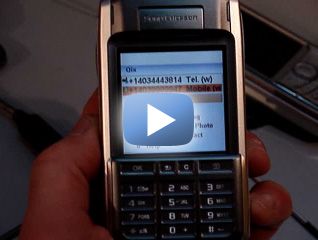
QuickTime format
Comments
Stereo BT on the nokia 6131?
"Although Nokia considers it mid-range, the 6131 is fairly feature-packed, including quad-band GSM, EDGE, stereo Bluetooth, a megapixel camera, and a microSD card slot."
but that is the only place i see that says it has stereo bluetooth. can anyone confirm that it does?
Aaron
How's the W950's keypad?
thanx in advance rich
But I hated the keypad. Thought it was terrible.
Eric liked it, though, so it's all subjective.
Microsoft/Virgin/BT
Anyone have any thoughts on why MS and VM would attach themselves to a platform that plans to use DAB, rather than DVB-H? From what I've heard, DVB is much more likely to become the eventual standard... or, if not, then something other than DAB (FLO, TDtv, etc).
Is it just that they want to get to market first, screw the eventual problems?
Samsung i320 vs. Motorola Q Plastics/Build Quality
Thank you! As you can see, I am very concerned about exterior build quality in my handsets. Motorola historically hasn't delivered that, for me.
But of course the Q will be EVDO for Verizon. The i320 will be GSM for Europe... so in real life most people won't be able to choose between the two. ☹️
anything more from Nokia?
i'll bet they wanted to show off the N80, but we know that story.
8300? Helio?
Pantech is exhibiting their global portfolio here, including their GSM lineup and best CDMA phones. The 8300 is part of that, and it just happens to...
(continues)
Pantech Exterior Build Quality?
It's not a small or light phone, so the A800 is probably a good comparison.
A new Sidekick 3 is definitely coming, but no official details yet, and the Danger folks wouldn't talk about it.
They'd love to ge...
(continues)
It's a tough job.......
yeah, right. I bet you love what you do, Rich. Barcelona. Cannes. All because you can code internet languages and got into phones. Life is sweet, eh?
Good job with the updates. This is always the most interesting part of the site. I'm eager to see what else will come out of 3GSM, and I'm sure you have some good stuff in store.


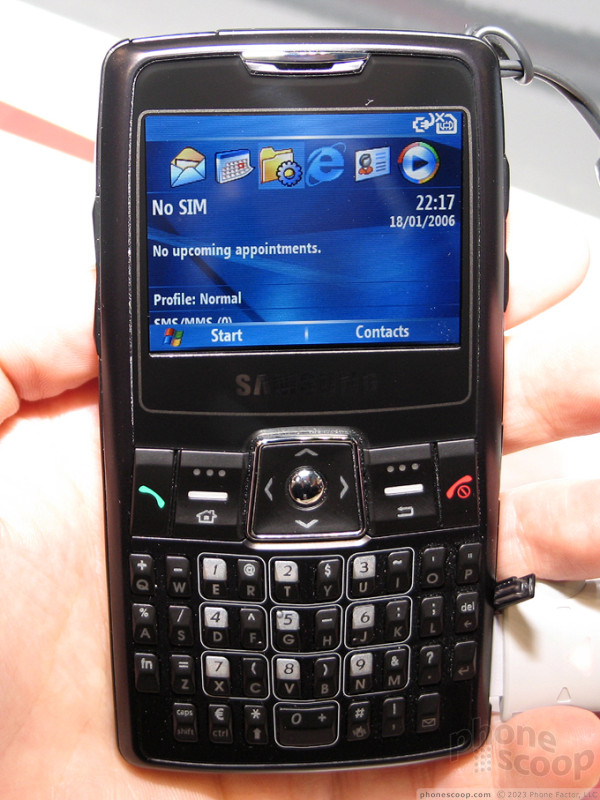







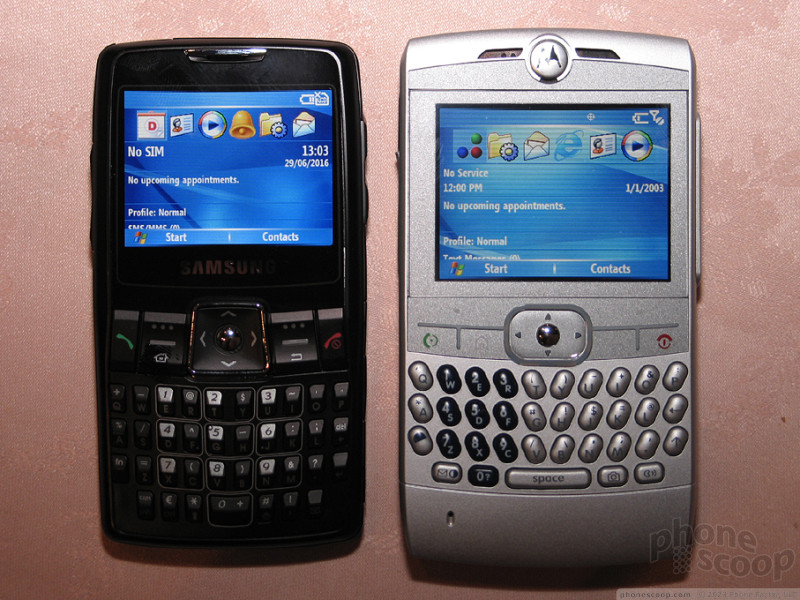



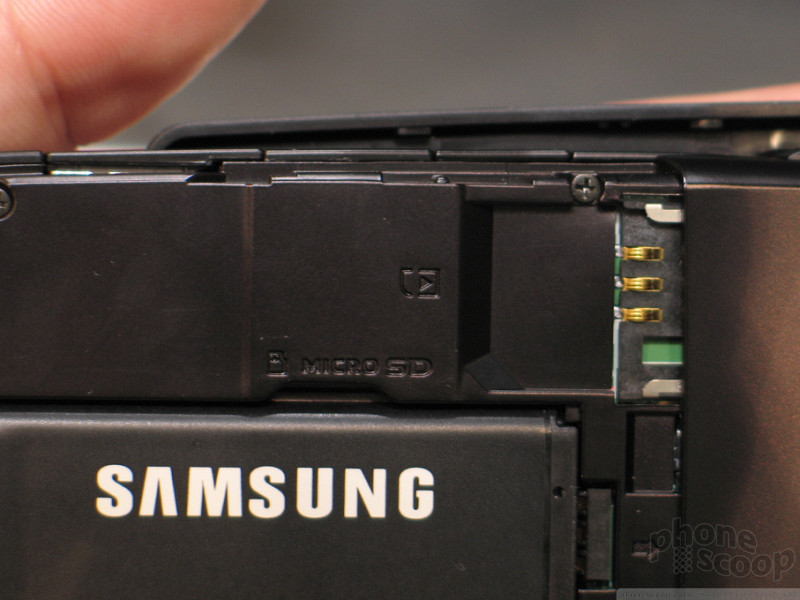


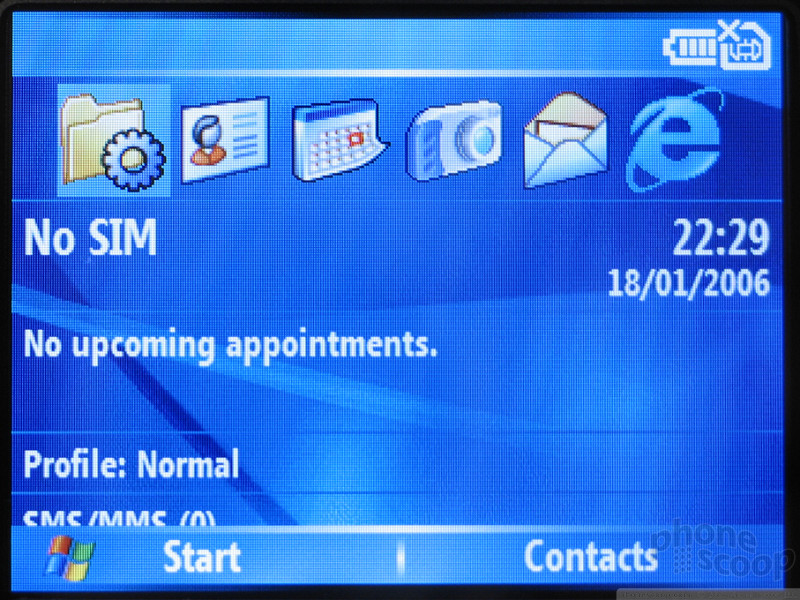






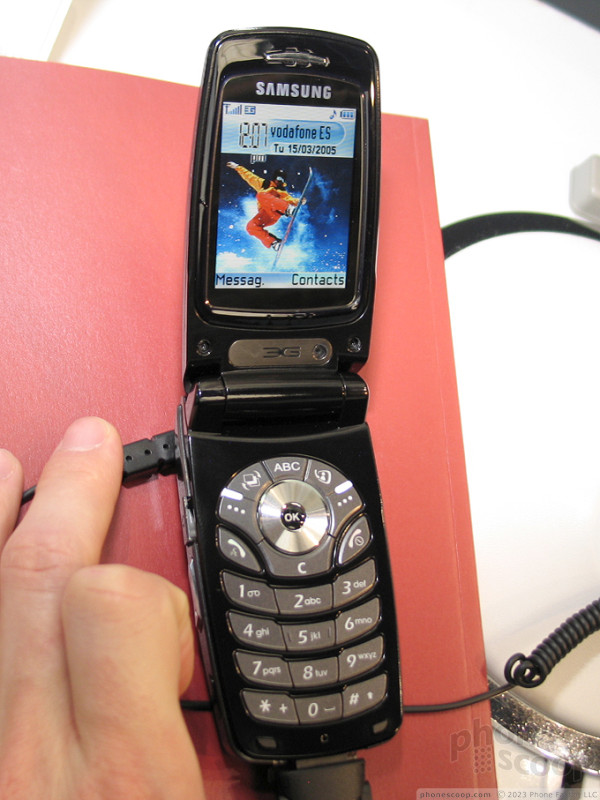




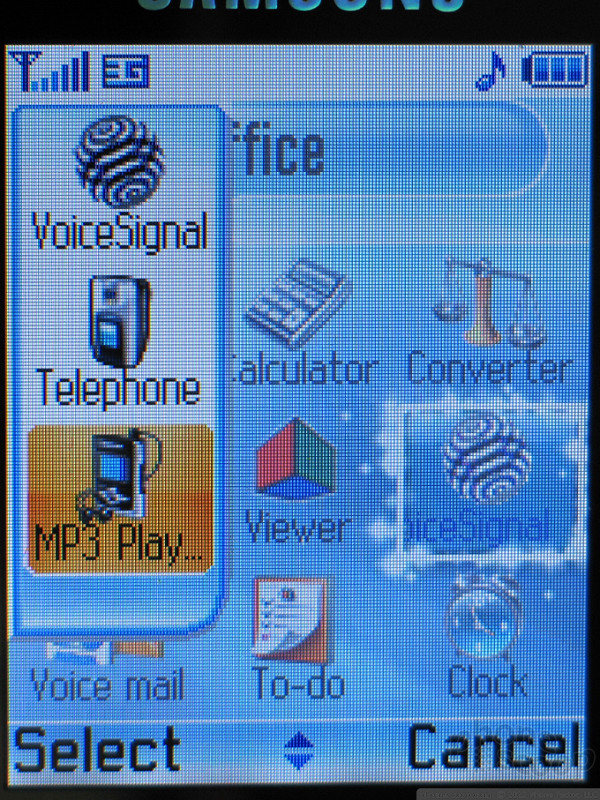












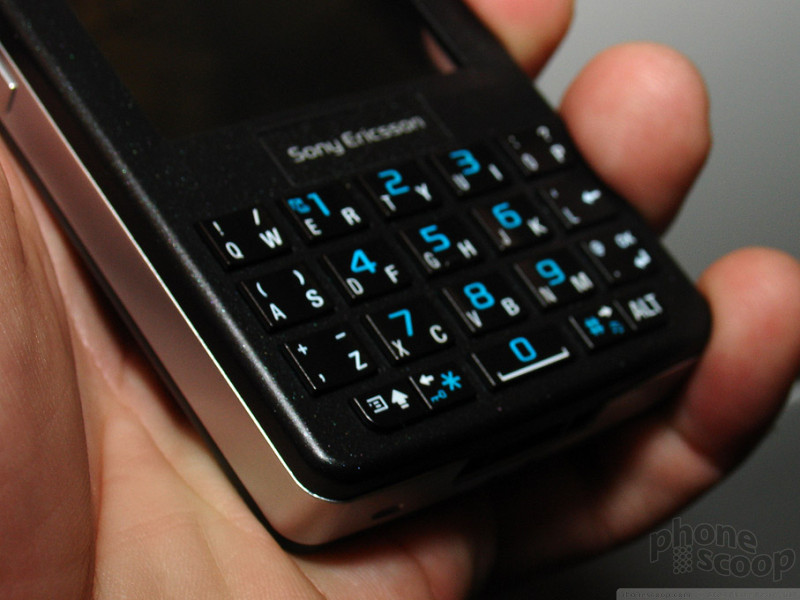



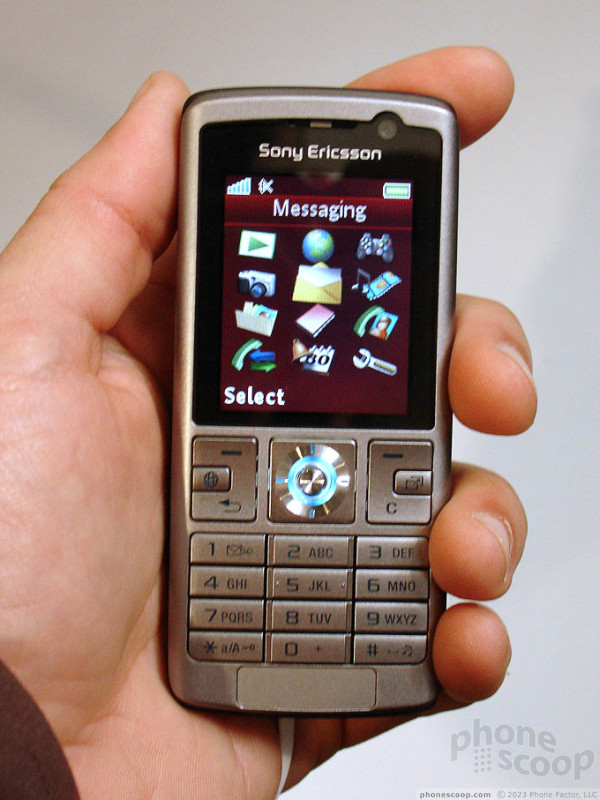











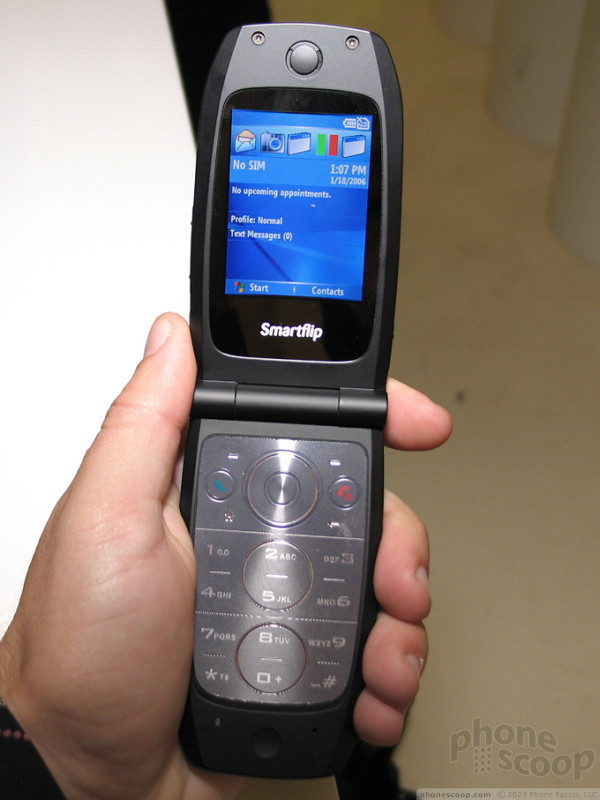






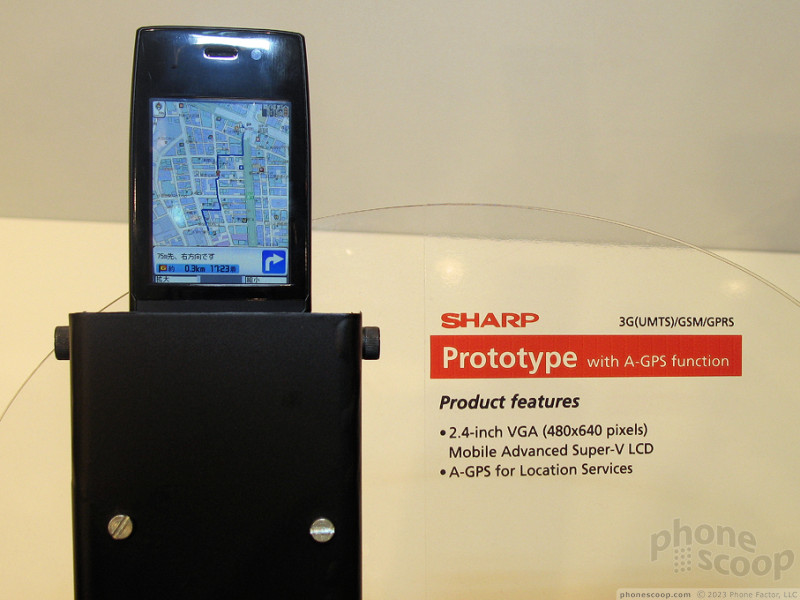



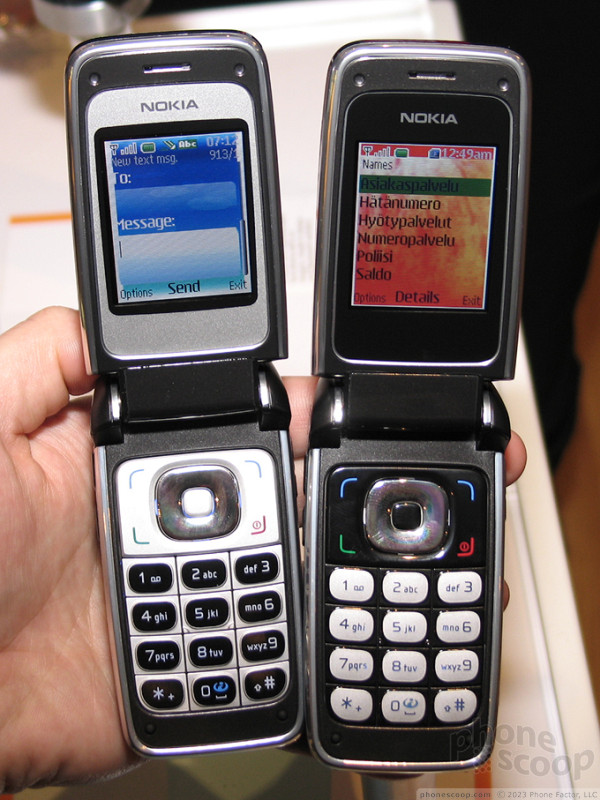


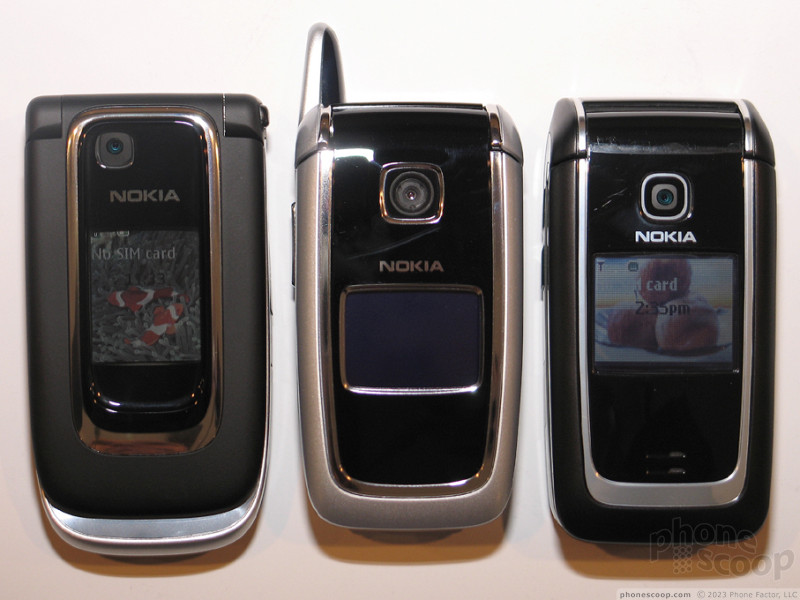


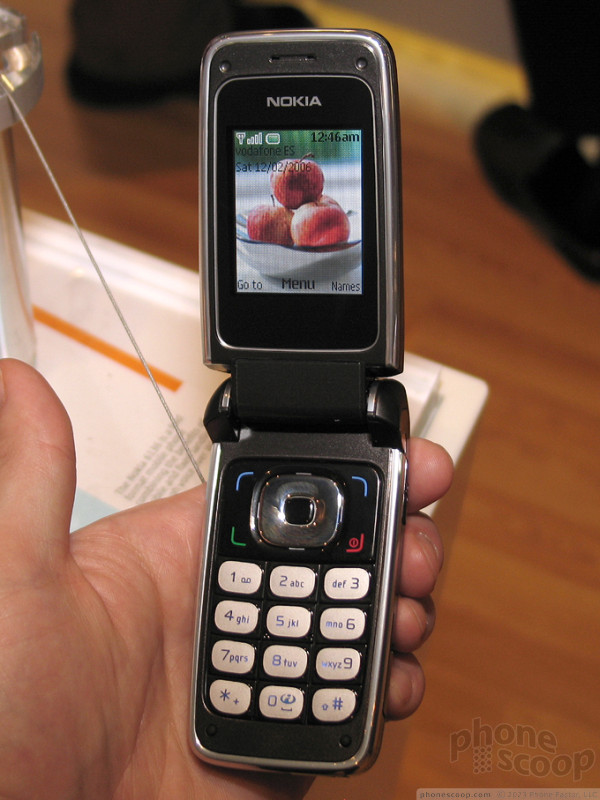
























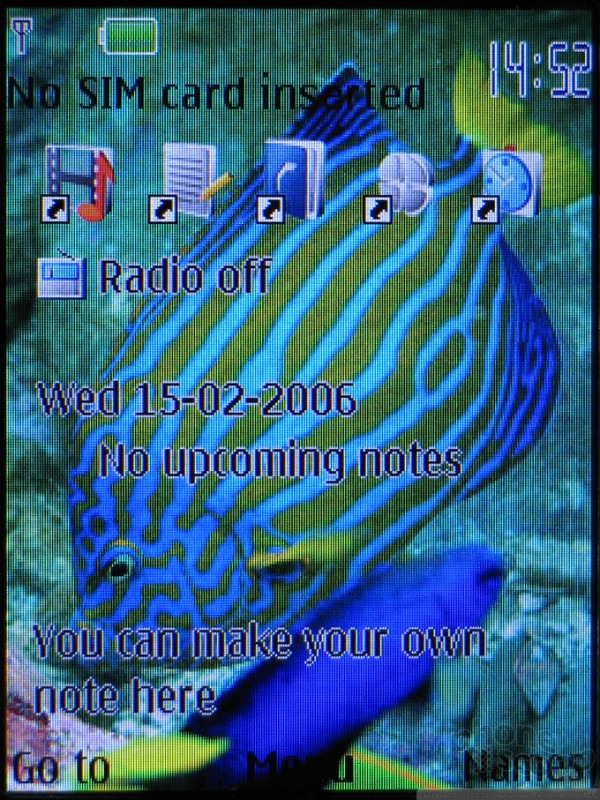





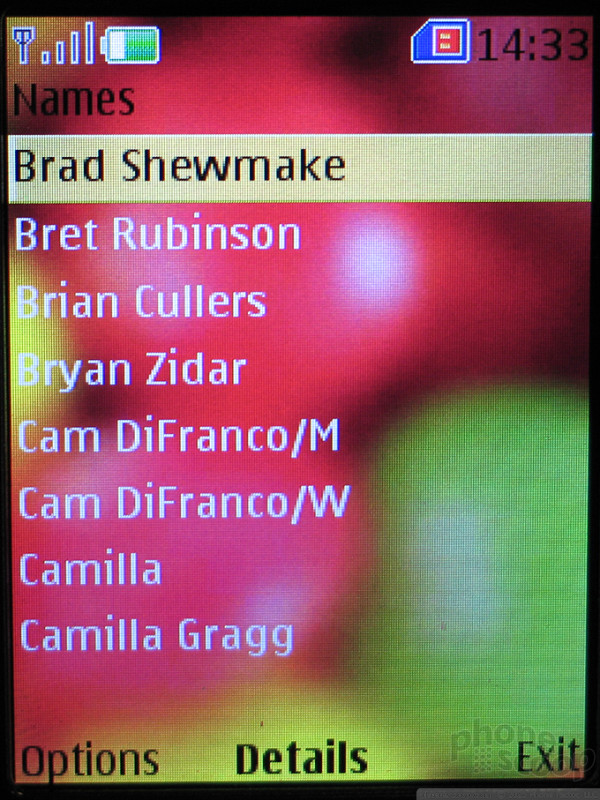



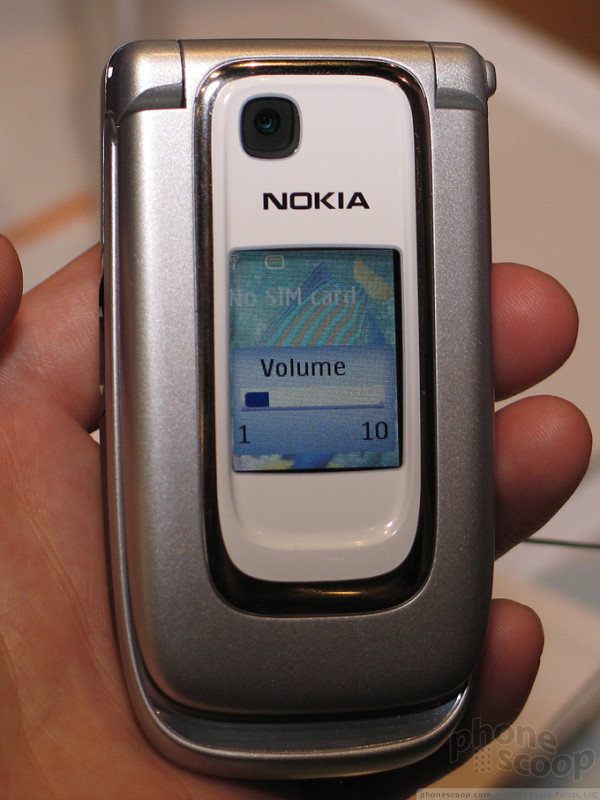




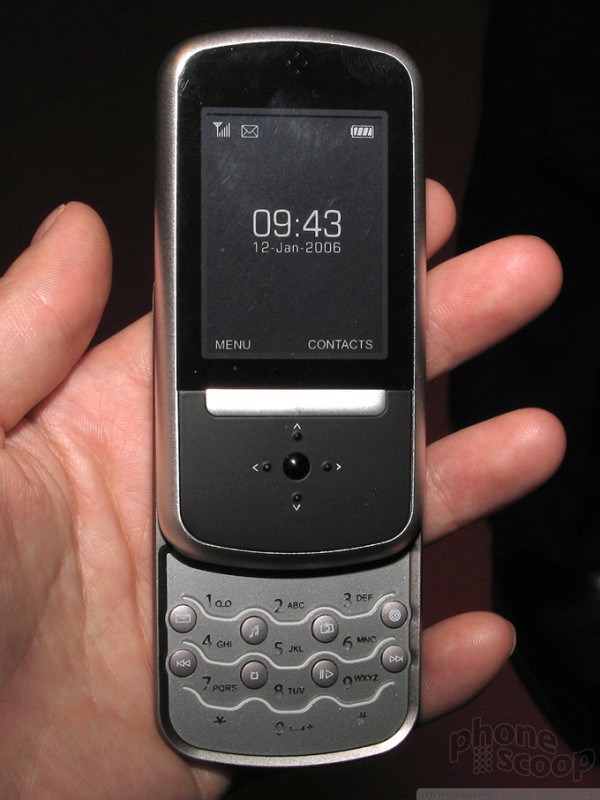






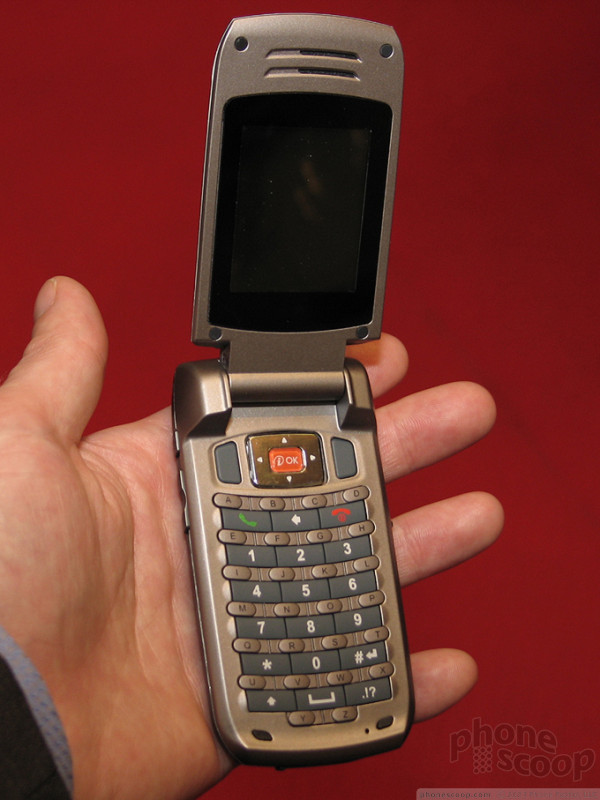















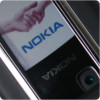 Review: Nokia 6126
Review: Nokia 6126
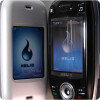 Helio Hero Video Tour
Helio Hero Video Tour
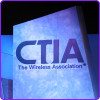 CTIA 2006
CTIA 2006
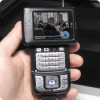 CES 2006
CES 2006
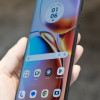 Hands On with the Motorola edge+ (2023)
Hands On with the Motorola edge+ (2023)
 Pantech Hero / PN-8300
Pantech Hero / PN-8300
 Samsung SGH-i320
Samsung SGH-i320
 Nokia 6126 / 6131 / 6133
Nokia 6126 / 6131 / 6133

